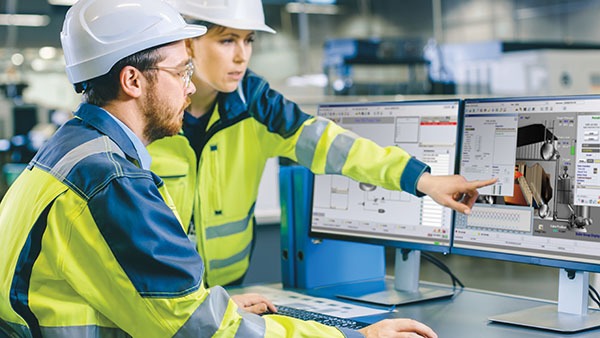
Many plants are facing personnel shortages, but the truth of the matter is that today’s biggest problems can’t be solved simply by finding more people. As organizations tackle more and more complex problems like driving down emissions, increasing efficiency, reducing energy use, meeting ever-changing market needs, and, simultaneously, increasing revenue, they must turn to a more advanced technology stack to empower their operations and operators to accomplish more with less.
As Dustin Beebe points out in a recent article in Efficient Plant magazine, one of the most important technologies helping companies navigate this new normal is a digital twin of process operations built on multipurpose simulation software. Today’s most successful organizations, Dustin shares, are using the best available digital twin technology to better train operators to unlock more sustainable and efficient operations.
Change is possible
Dustin explores one shift that has become increasingly common—process manufacturers that have been operating the same way for more than a century struggling to change to keep up with the times. However, the problem is not always that the company is unwilling to change. As Dustin explains,
“Change often is impossible without the implementation of new technology. So, as teams explore new ways to be more profitable and sustainable, they are also adding new equipment, processes, and strategies that may be radically different than what they used in the past.”
If technologies are implemented without adequate training, personnel struggle to make those new systems have a real impact. But a digital twin solution built on industry-leading technology like Emerson’s Mimic simulation software can be a game changer. With a digital twin, personnel train on a replica of the facility’s control and reliability systems. Users can get hands-on with the process before new equipment is even on site. The interfaces they see are identical to the ones they use in day-to-day work, so there is no skill lost transitioning from the digital twin to actual operations. And it isn’t just the simple operations strategies they can learn.
“Not only will operators learn to understand and operate different scenarios, but they will also experience unusual situations—such as startup, shutdown, diagnosing bottlenecks and trouble points, and navigating system aberrations.”
Choosing a suitable simulation
Not all simulation technologies are created equal. The best solutions are multipurpose—providing both steady state and dynamic modeling across a wide range of fidelities. Software like Emerson’s Mimic can support models and materials for a wide array of industries, including oil and gas, specialty chemical, life sciences, mining, and more. And as teams get more invested in their simulation technologies, they can seek out advanced capabilities such as full-scale virtual reality and augmented reality simulations that interface with the digital twin, empowering operators to be even further immersed in the learning experience.
Dustin shares more advantages of multipurpose simulation in the full article, including specific examples. Head over to Efficient Plant to learn more!





